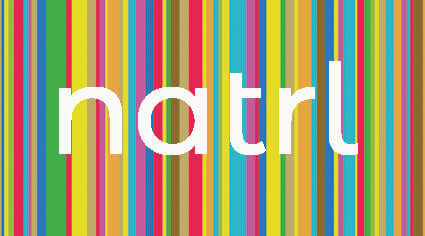The Benefits, Risks, and What The Evidence Says
Discover the truth about red LED light therapy for skincare. We explore the science, proven benefits, downsides, safety, and whether at-home devices

Red LED (light-emitting diode) therapy — often called red light therapy or photobiomodulation (PBM) — has become a mainstream at-home and clinic treatment. It promises to reduce fine lines, calm inflammation, speed wound healing and even help acne.
But does the science actually support these claims? Let’s take a closer look.
🔬 How Does Red LED Therapy Work?
Red LED devices emit low-energy wavelengths — usually 630–660 nm (red) and 800–850+ nm (near-infrared). These penetrate the skin and are absorbed by cell mitochondria, boosting energy (ATP) and reducing inflammatory signals.
The idea: more energy + less inflammation = healthier, faster-repairing skin.
🌟 What the Science Supports
1. Anti-Ageing & Skin Rejuvenation
- Stimulates collagen production
- Reduces fine lines and wrinkles
- Improves skin texture and elasticity
Evidence: Multiple controlled trials report modest but real improvements when used consistently
2. Reduced Inflammation & Faster Healing
Red/NIR light reduces pro-inflammatory molecules, speeding up repair. Studies show it can help wounds close faster and redness fade more quickly.
3. Acne Support
Red light calms inflamed acne. It’s even more effective when paired with blue light (which targets acne-causing bacteria).
4. Hair Growth
Several trials suggest red/NIR light can thicken hair and stimulate regrowth in androgenic alopecia.
⚖️ Where the Evidence is Weaker
- Dramatic results overnight? Unlikely. Benefits build gradually.
- Permanent changes? Maintenance treatments are often needed.
- Fat loss / body contouring? Current evidence is not strong.
🛡️ Safety & Cautions
The good news: red LED is generally safe — it’s non-ionising and doesn’t damage DNA like UV.
But keep in mind:
- Mild redness/irritation is possible
- Always protect your eyes (use goggles if recommended)
- Avoid if you are on photosensitising medication unless cleared by your doctor
- If you have or had skin cancer, check with your dermatologist before use
🏠 At-Home Devices vs Clinic Treatments
- Clinics: deliver stronger light, faster results
- At-home masks: gentler, but effective if used consistently
- Consistency matters most: most studies show results only after weeks of regular use

🌱 Practical Tips for Natrl Skincare Readers
- Be consistent — 2–3 sessions a week for 8–12 weeks is typical.
- Look for wavelengths around 630–660 nm and 800–850 nm.
- Protect your eyes and follow the instructions.
- Use LED as part of a full routine: natural moisturisers, antioxidants, and SPF remain essential.
- Always check with a clinician if you’re on medication or have medical conditions.
✅ Bottom Line
Red LED light therapy is backed by science for:
✔ Improving fine lines and skin texture
✔ Reducing inflammation and speeding healing
✔ Supporting acne treatments
✔ Stimulating hair growth
It’s not a miracle cure — but as part of a natural skincare routine, it can offer gentle, evidence-based support for healthier, brighter skin.
We would always suggest maintaining your skin with the natrl skincare range of 100% natural, handmade, plant based skincare to achieve optimum results.
#RedLightTherapy #Photobiomodulation #SkincareScience #AntiAging #NatrlSkincare #LED #SkinHealth


 Whatsapp us!
Whatsapp us!